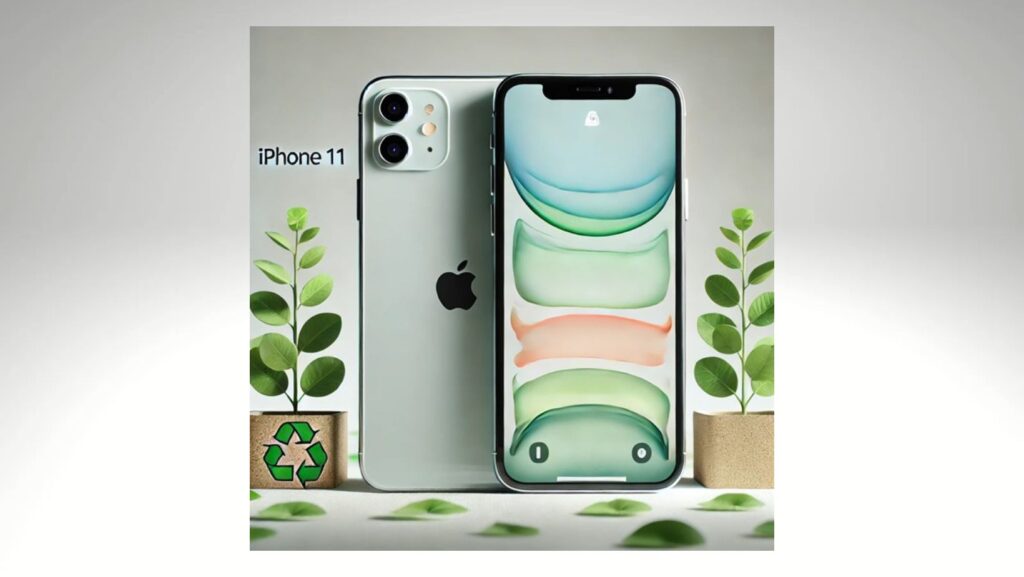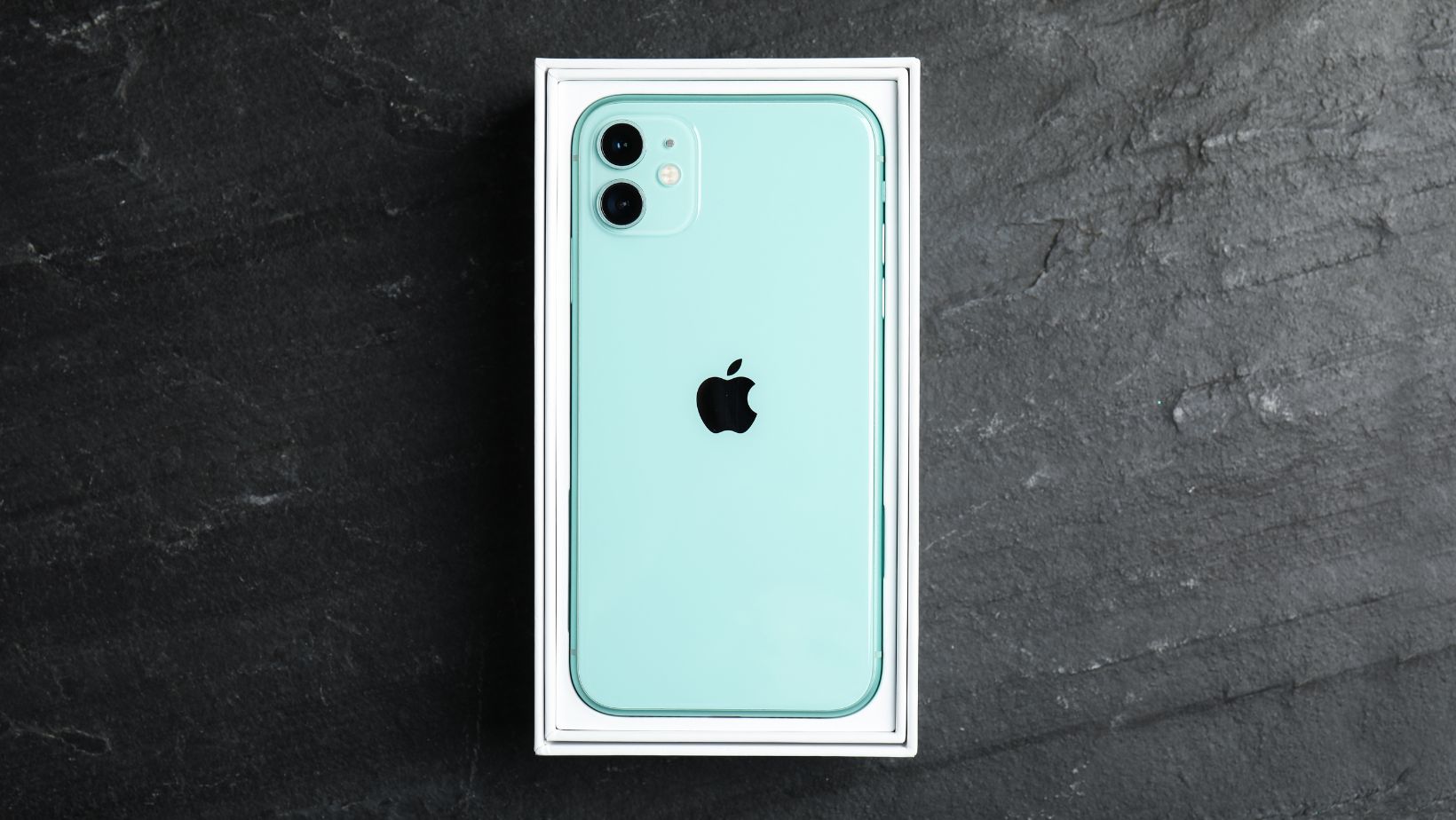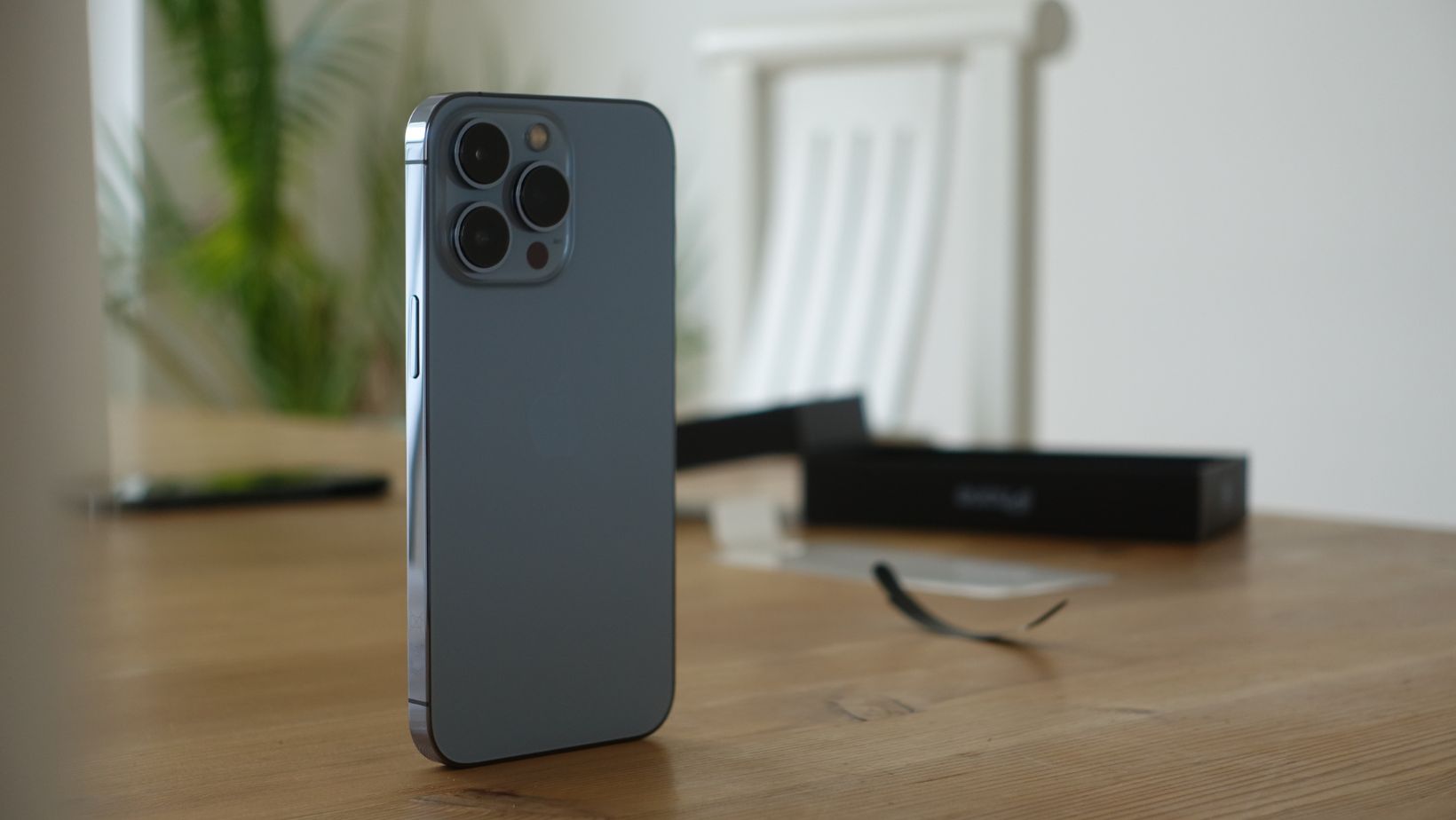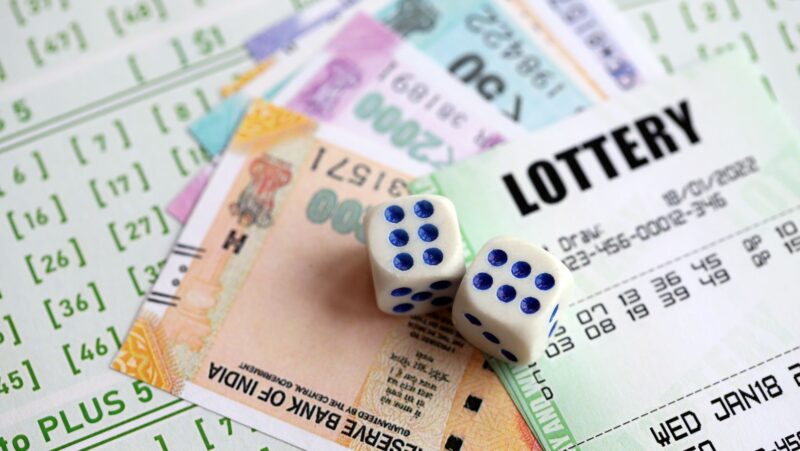
In 2019, Apple launched the iPhone 11, a device that struck a balance between innovation and accessibility, quickly becoming a favorite among tech enthusiasts and casual users alike. Positioned as a flagship device, it boasted top-tier performance, a versatile camera system, and the robustness users expect from Apple. Years later, the iPhone 11 has embarked on a new journey—transitioning from being a symbol of cutting-edge technology to an affordable, sustainable choice in the refurbished market.
This transformation reflects a broader shift in consumer priorities. As users increasingly seek cost-effective and eco-conscious alternatives, refurbished phones have emerged as a viable solution. The iPhone 11, with its durable build and long-lasting performance, is particularly well-suited for this second lease on life. But what makes it such an appealing candidate for refurbishment? And how does this market thrive while maintaining high consumer expectations?
In this article, we explore the iPhone 11’s evolution, from its initial impact as a flagship model to its new role as a staple of the refurbished mobile industry. We’ll delve into the technical, economic, and environmental factors contributing to its enduring value.
The iPhone 11’s Impact as a Flagship Model
When the iPhone 11 debuted, it was more than just another smartphone; it was Apple’s answer to a demanding market that sought high performance and accessibility. Priced lower than the premium iPhone 11 Pro models, it aimed to bridge the gap between cutting-edge features and affordability, making flagship-level performance more attainable to a broader audience.
The iPhone 11 introduced several standout features that cemented its legacy, including:
- A Dual-Camera System: The wide and ultra-wide lenses revolutionized mobile photography, offering versatility that appealed to casual users and budding content creators.
- A13 Bionic Chip: Apple’s custom silicon delivered exceptional speed and efficiency, ensuring the phone could easily handle demanding applications and multitask.
- Durability Enhancements: With stronger glass and improved water resistance, the iPhone 11 stood up to everyday wear and tear, an attribute that significantly extends its potential lifespan.
The iPhone 11 was a critical commercial success, becoming the best-selling smartphone globally in 2020. This popularity ensured a large user base, abundant availability of spare parts, and strong aftermarket demand, laying the groundwork for its resurgence in the refurbished market.
While its initial impact was measured in sales and performance benchmarks, the iPhone 11’s long-term influence lies in how it continues to deliver value to users, even years after its launch. Its robust design and Apple’s strong software support mean many of these devices perform admirably today.
Why the iPhone 11 Is Ideal for Refurbishment
Refurbished iPhone 11 models bring flagship quality at a fraction of the cost. The iPhone 11’s transition into the refurbished market is a testament to its design, durability, and adaptability.
Several factors make this model particularly suited for refurbishment, ensuring it remains a reliable and appealing option for consumers seeking cost-effective smartphones.
Longevity of Apple’s Software Support
Apple is renowned for its extended software support; the iPhone 11 is no exception. With iOS updates continuing well into the foreseeable future, refurbished models can run the latest operating systems, ensuring security, new features, and app compatibility. This commitment to software longevity enhances the appeal of refurbished iPhones over many competing brands.
Durable Hardware
The iPhone 11’s robust construction and use of high-quality materials make it less susceptible to physical wear and tear compared to other models. Features like reinforced glass and advanced water resistance mean that even pre-owned devices often remain in excellent physical condition, reducing the need for extensive repairs during the refurbishment process.
Battery Health
While battery degradation is inevitable, the iPhone 11’s original battery capacity and energy efficiency ensure that refurbished models often retain a significant portion of their original battery health. In cases where replacement is required, the abundance of compatible parts makes this a straightforward and cost-effective process.
Strong Market Demand
The iPhone 11 remains a desirable model due to its balance of performance and price. It offers a modern smartphone experience without the premium price tag, making it an attractive choice for buyers in the refurbished market.
This demand sustains the supply chain for spare parts and drives innovation in refurbishment techniques.
Environmentally Friendly Option
Choosing a refurbished iPhone 11 aligns with growing consumer interest in sustainability. By extending the life of a device, refurbishment reduces electronic waste and the environmental impact of producing new smartphones. As more consumers prioritise eco-conscious purchases, the iPhone 11 is a compelling choice.
In short, the iPhone 11 checks all the boxes for an ideal refurbished device: durable, versatile, and supported by a strong ecosystem. Its enduring popularity ensures it remains a cornerstone of the refurbished mobile industry.
Common Features Retained in Refurbished iPhones
One of the key factors driving the appeal of refurbished iPhones, particularly the iPhone 11, is the retention of many core features that define the Apple experience. Buyers often worry about compromises when opting for a refurbished device, but with stringent quality standards and rigorous refurbishment processes, most of the iPhone 11’s standout features remain intact.
1. Performance Powered by the A13 Bionic Chip
The A13 Bionic remains one of Apple’s most efficient and powerful processors. Refurbished iPhone 11 devices still deliver snappy performance, smooth multitasking, and the ability to handle demanding apps, games, and updates. For many users, this level of performance competes with newer models at a fraction of the cost.
2. Camera Capabilities
Refurbished iPhone 11 units retain the acclaimed dual-camera system. Features like Night Mode, Smart HDR, and 4K video recording are fully functional, making these devices a great choice for photography enthusiasts or those looking for a dependable camera phone.
3. Display Quality
The 6.1-inch Liquid Retina HD display, known for its vibrant colors and excellent contrast ratio, is carefully inspected and restored during refurbishment. Any damaged displays are replaced with high-quality components, ensuring that refurbished units offer the same immersive viewing experience.
4. Battery and Charging
While battery health is often a concern, refurbished models undergo thorough testing to ensure batteries meet acceptable performance levels. Batteries are often replaced with new ones to provide a near-new experience. Additionally, the iPhone 11’s wireless and fast charging compatibility remains intact.
5. Build Quality and Water Resistance
Thanks to its durable construction, the iPhone 11 maintains much of its physical integrity even after years of use. Refurbished models are meticulously checked for structural damage and restored to meet Apple’s standards. The IP68 water resistance rating is often preserved, protecting against accidental spills and splashes.
6. iOS Ecosystem Integration
The seamless integration with Apple’s ecosystem is a significant advantage of refurbished iPhones. Features like Face ID, AirDrop, and Apple Pay are restored to full functionality, ensuring users can access the convenience and connectivity they expect.
The Market for Refurbished iPhone 11 Devices
The refurbished smartphone market has witnessed significant growth in recent years, and the iPhone 11 has emerged as a standout product within this sector. With affordability and sustainability becoming increasingly important to consumers, refurbished iPhones provide a compelling solution, combining premium performance with reduced environmental impact.
1. Global Growth of Refurbished Smartphones
According to market reports, the refurbished smartphone market is expected to grow at a compound annual growth rate (CAGR) of 10-12% over the next decade. The iPhone 11, being a mid-range flagship, is particularly well-positioned to capitalize on this trend. Its ability to meet the needs of budget-conscious and environmentally conscious consumers alike makes it a top seller in both developed and emerging markets.
2. Key Consumer Demographics
The refurbished iPhone 11 appeals to a wide range of buyers:
- Budget-Conscious Buyers: Students and young professionals who want premium performance without the hefty price tag.
- Environmentally Aware Consumers: Individuals prioritizing sustainability and reducing e-waste.
- Business Buyers: Companies looking for affordable, reliable devices for employees.
- Global Consumers: Particularly popular in markets like India, Africa, and Southeast Asia, where affordability is critical.
3. Competitive Advantage of the iPhone 11
The iPhone 11 outperforms many newer budget smartphones in terms of build quality, software longevity, and brand reputation. This advantage makes it a preferred choice in the refurbished market, often outpacing Android competitors’ resale value and demand.
Refurbished iPhone 11 Market Trends Chart:
| Region | Market Share | Consumer Preference |
| North America | 40% | Strong interest in budget and secondary devices. |
| Europe | 25% | Sustainability and affordability drive demand. |
| Asia-Pacific | 20% | Growing market due to premium aspirations. |
| Africa and ME | 10% | Affordable flagship appeal in developing regions. |
| Latin America | 5% | Price sensitivity and reliable performance. |
4. Resale Value and Trade-In Programs
Apple’s strong resale value is another driver of the refurbished iPhone 11’s market dominance. Many users trade their older devices for newer models, feeding the supply chain for refurbishment companies. The refurbished ecosystem benefits from this steady inflow of pre-owned devices, allowing for robust inventory and competitive pricing.
5. Sustainability Impact
The iPhone 11’s presence in the refurbished market aligns with broader efforts to reduce the environmental impact of technology.
By extending the life of each device, refurbishment reduces the need for raw material extraction and manufacturing, contributing to lower carbon emissions.
In summary, the refurbished iPhone 11 market thrives on its ability to deliver flagship-level performance at an affordable price, appealing to a diverse global audience. Its strong resale value and consumer demand for sustainable tech have ensured its relevance for years.
How the Refurbishing Process Restores Value
Refurbishment is critical in restoring the iPhone 11 to a like-new state, ensuring it meets consumers’ high expectations. Every step, from rigorous testing to detailed restoration, is designed to maximize the device’s performance, longevity, and appeal.
Initial Inspection and Diagnosis
The process begins with thoroughly inspecting the iPhone 11’s physical and functional condition. Technicians evaluate key components, including:
- The display for cracks or dead pixels.
- The battery for health and capacity.
- Internal hardware like the logic board, speakers, and sensors.
- External wear and tear, including scratches and dents.
This step identifies issues that need to be addressed during refurbishment.
Component Replacement and Repair
After diagnosis, the necessary repairs and replacements are performed:
- Battery Replacement: If the battery health falls below the acceptable threshold (typically 80%), it is replaced with a new or OEM-certified unit.
- Screen Repair or Replacement: Damaged screens are replaced using high-quality components to restore visual integrity.
- Internal Repairs: Faulty components like cameras, microphones, or logic boards are repaired or replaced as needed.
- Cosmetic Restoration: The device’s casing is polished, cleaned, or replaced to restore its aesthetic appeal.
Software Restoration
Once the hardware is restored, the iPhone 11 undergoes a complete software reset. This ensures:
- All previous data is securely erased.
- The device has been updated to the latest iOS version, which is compatible with the model.
- Core functions like Face ID and Apple Pay are re-calibrated to work seamlessly.
Rigorous Testing
Before being certified as refurbished, the device is subjected to extensive testing to ensure it meets quality standards. Tests include:
- Battery life and charging efficiency.
- Network connectivity and signal strength.
- Camera performance for photos and videos.
- Screen responsiveness and touch accuracy.
- Speaker and microphone functionality.
Packaging and Certification
Once testing is complete, the refurbished iPhone 11 is re-packaged with appropriate accessories, such as a charging cable and adapter. It is then certified for resale, often accompanied by a warranty to provide buyers with peace of mind.
Restoring Value for a Fraction of the Price
The refurbishing process restores the iPhone 11’s functionality and enhances its value proposition. Buyers gain access to a flagship-level device with full functionality, often at 30-50% less than the cost of a new one.
Contributing to Sustainability
Refurbishment saves valuable materials and energy that would otherwise be spent on manufacturing new devices. By refurbishing and reselling iPhone 11s, the industry significantly reduces electronic waste and promotes a circular economy. In the U.S. alone, over 6.9 million tons of e-waste are generated each year, underscoring the importance of proper WEEE waste management solutions.
Conclusion
The iPhone 11’s journey from flagship to refurbished bestseller underscores its enduring design and relevance. Initially praised for its innovation and performance, it thrives in the refurbished market as a sustainable and affordable choice for diverse consumers.
With its robust hardware, continued software support, and eco-friendly appeal, the iPhone 11 remains a practical option in a world prioritizing value and sustainability. Its success in the refurbished market demonstrates how technology can seamlessly combine premium performance with environmental consciousness, setting a benchmark for the future of mobile devices.





